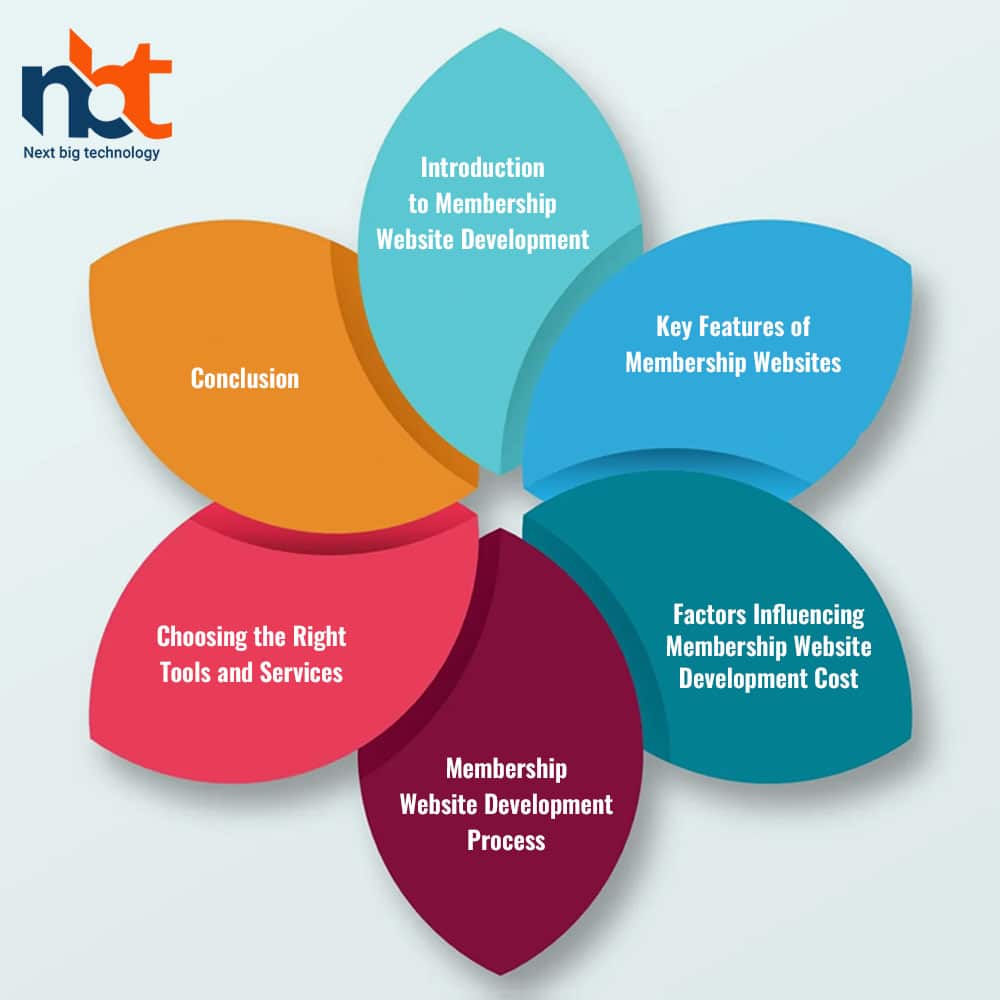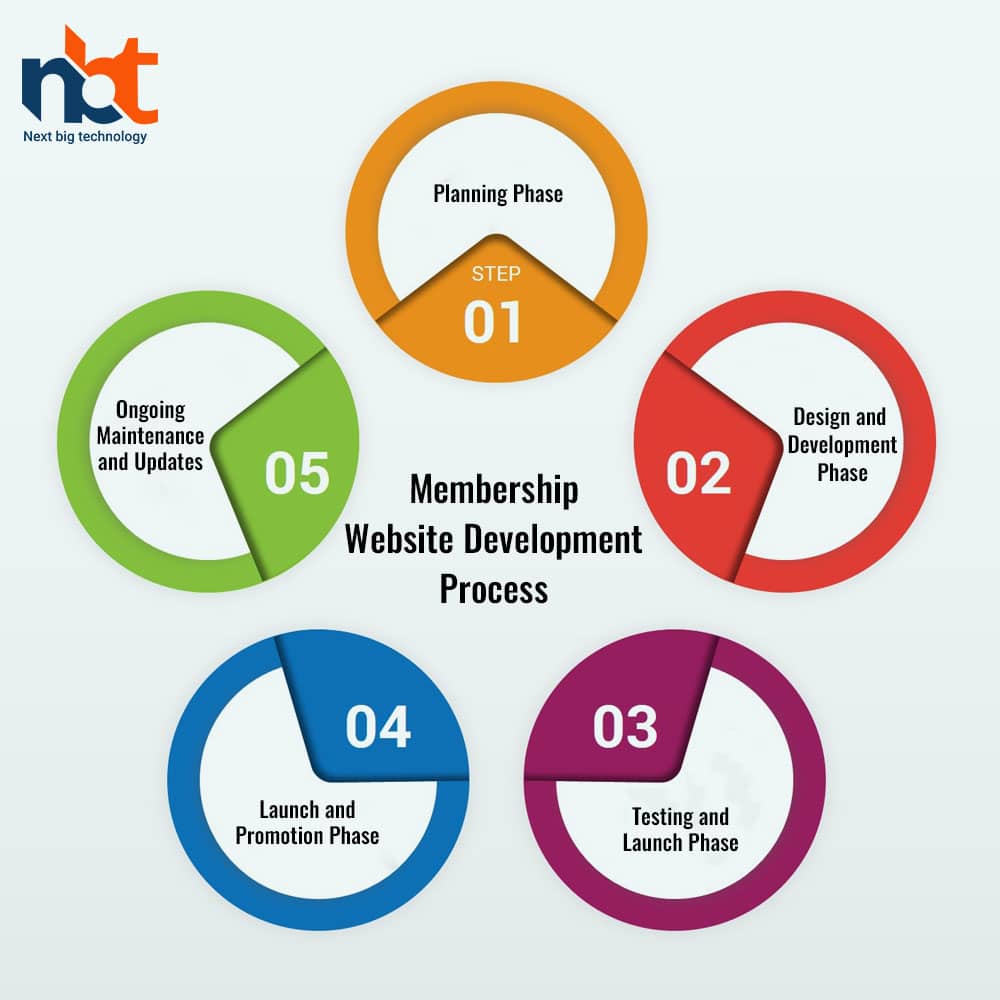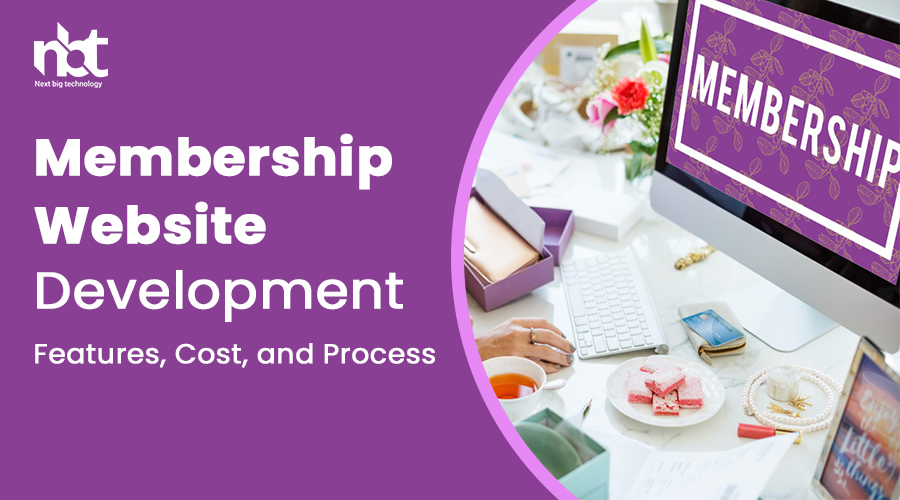In the digital era, membership websites have gained significant prominence as they provide exclusive content, services, and community engagement to a specific group of individuals. Whether you’re considering building a membership platform for educational purposes, professional networking, or content distribution, understanding the key features, cost factors, and the step-by-step development process is essential. This comprehensive guide delves into the intricacies of membership website development.
Table of Contents
Introduction to Membership Website Development
- Understanding Membership Websites: Definition, purpose, and benefits of membership-based online platforms.
- Advantages of Membership Websites: Community building, recurring revenue, targeted content delivery.
Key Features of Membership Websites
User Registration and Login:
- Secure Registration: Encrypted registration process to protect user data.
- Multi-Level Access: Different membership tiers with varying access levels.
- Social Login Integration: Convenient login through social media accounts.
Content Restriction and Access Control:
- Member-Only Content: Offering exclusive articles, videos, or resources to members.
- Dripped Content: Releasing content gradually over time to maintain engagement.
- Access Control: Managing content visibility based on membership levels.
Subscription Management:
- Recurring Billing: Automated billing for subscription-based memberships.
- Free and Paid Plans: Offering both free and premium membership options.
- Trial Periods: Allowing users to experience premium features during a trial period.
Community Engagement:
- Discussion Forums: Providing a platform for members to interact and exchange ideas.
- Private Messaging: Enabling members to communicate privately.
- Member Directory: Listing members for networking opportunities.
E-Learning and Courses:
- Course Creation: Developing and delivering online courses to educate members.
- Progress Tracking: Allowing members to track their course completion.
- Quizzes and Assessments: Incorporating interactive quizzes for skill evaluation.
Event Management:
- Webinars and Workshops: Hosting virtual events exclusively for members.
- Event Registration: Allowing members to register for events within the platform.
- Calendar Integration: Syncing events with popular calendar applications.
Analytics and Reporting:
- Membership Analytics: Tracking member engagement, activity, and retention.
- Content Performance: Evaluating the popularity of different content pieces.
- Conversion Tracking: Monitoring subscription sign-ups and upgrades.

Factors Influencing Membership Website Development Cost
- Membership Complexity: The number of membership tiers and access levels.
- Content Quantity and Quality: Developing premium content, courses, and resources.
- E-Commerce Integration: Incorporating payment gateways and subscription management.
- Custom Features: Adding unique functionalities like event management or custom plugins.
- Design and Branding: Design intricacy and branding requirements.
- Platform Selection: Choosing between WordPress plugins, custom development, or hosted platforms.
Membership Website Development Process
1. Planning Phase
- Define Membership Goals: Identifying the purpose and objectives of the membership website.
- Target Audience: Understanding the needs and preferences of potential members.
- Content Strategy: Outlining the type of content and resources to be offered.
- Monetization Strategy: Determining pricing models and revenue streams.
- Platform Selection: Choosing the technology stack or platform for development.

2. Design and Development Phase
- Platform Setup: Installing and configuring the chosen platform or CMS.
- Design and Layout: Designing a user-friendly and visually appealing interface.
- Membership Levels: Creating different membership tiers with respective features.
- Content Creation: Developing high-quality, exclusive content for members.
- E-Commerce Integration: Integrating payment gateways and subscription management.
- Community Features: Setting up forums, messaging systems, and networking tools.
3. Testing and Launch Phase
- Quality Assurance: Thoroughly testing all features, forms, and interactions.
- User Experience Testing: Ensuring smooth navigation and intuitive design.
- Content Proofreading: Reviewing content for accuracy, grammar, and clarity.
- Security Testing: Verifying data encryption and user information protection.
- Mobile Responsiveness: Checking compatibility across various devices.
4. Launch and Promotion Phase
- Final Deployment: Uploading the website to the hosting server.
- Membership Drive: Promoting the platform to attract initial members.
- Member Onboarding: Welcoming and guiding new members through the platform.
- Analytics Setup: Implementing analytics tools to monitor user activity.
5. Ongoing Maintenance and Updates
- Regular Content Updates: Providing fresh content to maintain member engagement.
- Technical Support: Offering assistance to members with technical issues.
- Bug Fixes and Improvements: Addressing any glitches and enhancing functionality.
- Membership Renewal Strategies: Implementing strategies to retain existing members.
6. Choosing the Right Tools and Services
- Membership Plugins and Platforms: Exploring WordPress plugins or hosted solutions.
- E-Commerce Integration: Researching reliable payment gateways and subscription tools.
- Content Creation Tools: Utilizing tools for course creation, content design, and graphics.
- Community Features: Selecting discussion forum platforms and networking plugins.
Conclusion
In conclusion, membership websites offer a powerful means to build communities, share exclusive content, and generate recurring revenue. The features you choose to include, the complexity of your membership structure, and the ongoing maintenance all contribute to the overall cost. By following a strategic development process, utilizing appropriate tools, and focusing on member satisfaction, you can create a thriving membership platform that adds value to your target audience and achieves your goals.

















